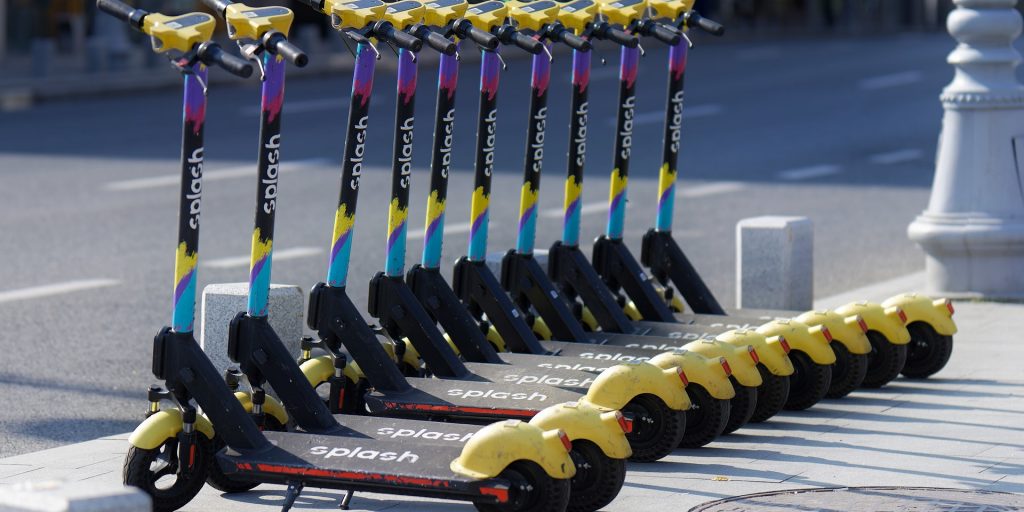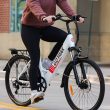Report: Urban residents plan to use micromobility ‘substantially more in the future’
It’s still too early to tell how much the rapid emergence of micromobility, including electric scooters and bikes, will disrupt transit norms in the long term. A new report from the McKinsey Center for Mobility hints that it could be substantial.
“Over a quarter of respondents living in urban areas say they are thinking of getting rid of their private vehicles entirely, replacing them with other means of transport in the future,” reads a brief explaining the results of the report, “Consumer pull: The growth of shared urban mobility.” The urban–rural contrast for results is considerable, as fewer than 15 percent of respondents living in rural areas can see themselves doing without their private cars. Based on our survey results, sustainability considerations, travel efficiency, and improved inner-city livelihoods play central roles in consumers’ change of mobility choices; cost, less so.”
The survey was conducted globally in December, and garnered more than 30,000 responses from 15 countries including the United States.
A rise in micromobility is among the top three disruptors researchers anticipate will prompt urban dwellers to get rid of their private vehicles, along with an increase in shared autonomous shuttles and minimobility alternatives, which includes small electric vehicles for one or two people.
Based on the survey, one-third of all urban residents plan to use micromobility “substantially more in the future,” the report says. Cities and counties have a role to play, as “37 percent state that an improved micromobility infrastructure marks the first step toward their ideal future mobility landscape, while 33 percent agree that micromobility solutions can replace up to 50 percent or more of their car trips today.”
The interest in micromobility is notably not reserved for shared micromobility, like regional shared e-scooter programs. Private ownership of e-scooters is expected to increase soon, with more than 60% of respondents indicating an interest in owning their own scooter “and only using shared services occasionally.”
This is notable, as shared scooters can have their speed limiters installed. Many cities, such as Washington, D.C., have 10- or 15-mile-per-hour speed limits in certain congested areas. Private scooters aren’t as easily regulated, as users are able to ride them at much faster rates if they so wish.
Along with micromobility, those in urban settings also want expanded public transit options—52% of respondents said they support a modern, efficient, and affordable public transit system.
“People want integrated user experiences, safe and accessible infrastructure, and continued electrification,” the brief says. For public administrators, understanding the changing dynamics of transit within urban landscape can help take advantage of “opportunities that will succeed in the changing future.”



















